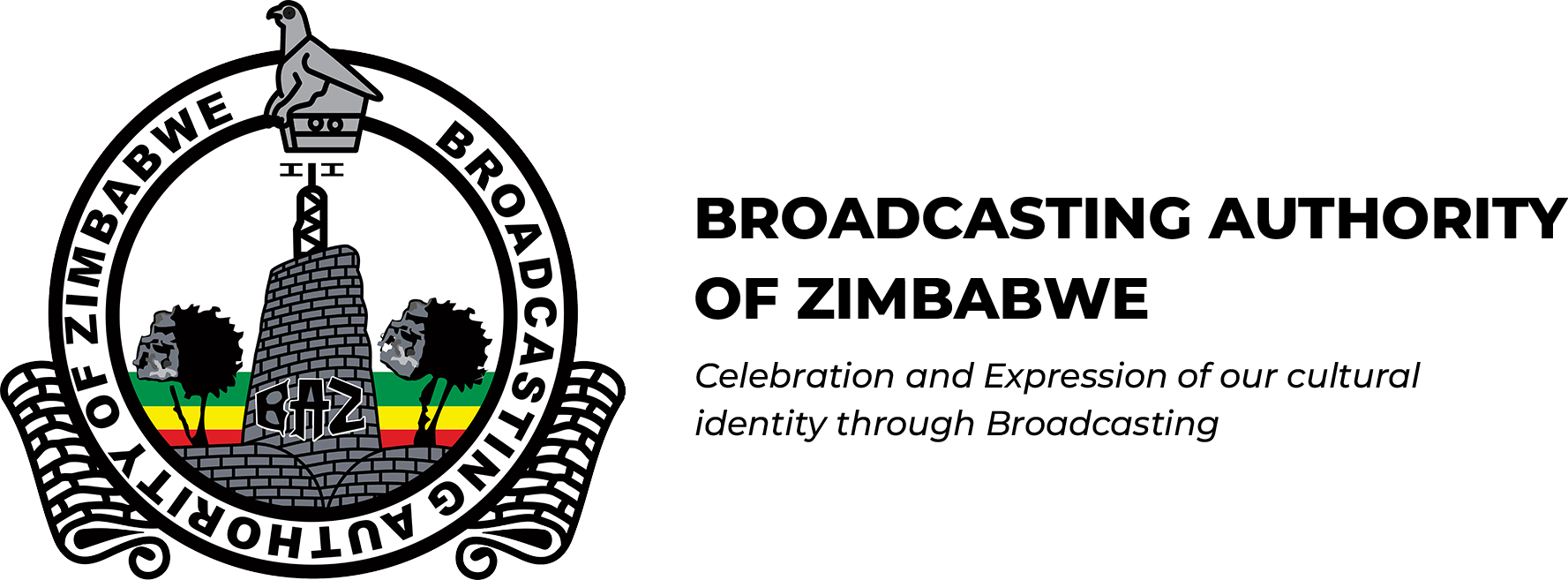BROADCASTING AUTHORITY OF ZIMBABWE
DIGITAL TELEVISION BROADCASTING MIGRATION
GOING DIGITAL
Zimbabwe is in the process of migrating from the analogue to the digital broadcasting technology, in accordance with the migration requirements set by the International Telecommunications Union. In this regard, the Broadcasting Authority of Zimbabwe would like to educate members of the public and other key stakeholders on the meaning and implications of the migration process, in order to prepare the public for this new era in television broadcasting. The Authority will also be conducting awareness programmes with a view of ensuring a smooth change over.
The Authority values feedback from all concerned. This feedback will be used to give further clarification on any issues that may be raised on the subject, in order to improve on the communication process. All feedback, clearly marked ‘Digital Broadcasting Migration’, can be received by the Authority through the following BAZ e-mail address:info@baz.co.zw.
With the analogue broadcasting technology, only one television service could be delivered on a single frequency or a single network of transmitters (for national coverage of the television service). For example the UHF television band has three frequencies per site and therefore can support three national coverage networks, this means only three analogue television stations of national coverage could be provided. However, the digital technology can have four networks each carrying six High Definition channels, on a single frequency or on a single transmitter network (for national coverage of the services). The four UHF digital networks would therefore be capable of delivering twenty four High Definition television channels of national coverage.
ii. Savings in infrastructure cost
Continuing with the UHF band example, with the analogue technology the three analogue television services would require a transmitter network each for national coverage of the services. In the digital domain, these three services can easily be carried by one digital transmitter network without even filling the full capacity of that one network alone. The three analogue services would require three transmitters per site for forty-eight sites whereas the digital network would require only one transmitter per site. This points at significant savings in transmission infrastructure costs.
iii. New broadcasting business models
The service capacity generated by the digital broadcasting technology creates an opportunity for new broadcasting business models to be realized. Whereas the analogue broadcasting technology was mainly associated with free-to-air broadcasting services, the capacity generated by the digital technology allows for the packaging of services (channels) which can be accessed on a subscription basis. A subscription based service is a reality with the terrestrial digital technology, in the same way that such services have, hitherto, been provided via satellite transmission.
iv. Improved coverage quality
Analogue television services degrade in picture quality the further the television set is located from the transmitter. This progressive degradation results in showers, loss of color, poor sound quality and ghosting, the further the television set is located from the transmitter. With the digital technology, picture and sound quality is the same throughout the transmitter’s coverage area, whether the receiver is sitting right next to the transmitter or right at the last point where an appropriate signal level is received. This allows viewers to receive the best and the same picture quality throughout the coverage area of the transmitter, without any variation in terms of the quality. The only drawback is that picture failure is rapid beyond the threshold of reception.
v. Better picture and sound quality
The digital technology supports picture resolutions much higher than those of its analogue counter part. This, coupled with what is called progressive scanning, results in much better picture definition and, therefore, picture quality. High Definition and Three Dimension Television (3D TV) are supported by this platform. Work has already started on standardizing even higher picture definition formats (Ultra High Definition) such as 4K and 8K, which provide even better picture resolution through the digital platform. Excellent sound quality, surround sound and the use of multiple languages on a programme are all possible features of the digital broadcasting technology.
vii. Provision of value added services
Unlike the analogue broadcasting technology, the digital broadcasting technology is not limited to the delivery of television programmes only. Value added and interactive services such as Electronic Programme Guides, can also be accessed on the television set by the viewer, ushering in a new television viewing experience.
However, digital transmission, which results from migrating to the digital broadcasting technology, is not directly compatible with analogue television sets. In other words, the majority of television sets in our homes will not be able to tune to the digital transmissions to receive the digital broadcasting services due to incompatibility between the analogue and digital technology. This does not mean that the television sets that we have in our homes will become obsolete or will have to be thrown away. They can still be used but in conjunction with a gadget called a set-top-box. The set-top box, which will be connected to the analogue television set just like a decoder (indeed it is also a decoder), converts the digital transmission into a format that can be displayed by the analogue television set, allowing the reception and viewing of digital transmission using existing analogue television sets. Alternatively, an integrated digital television set (IDTV) may be acquired and this type of television set will tune to digital transmissions directly without the use of a set-top-box.
The requirement for these set-top-boxes and IDTV is that they must comply with technical specifications as will be gazetted.
